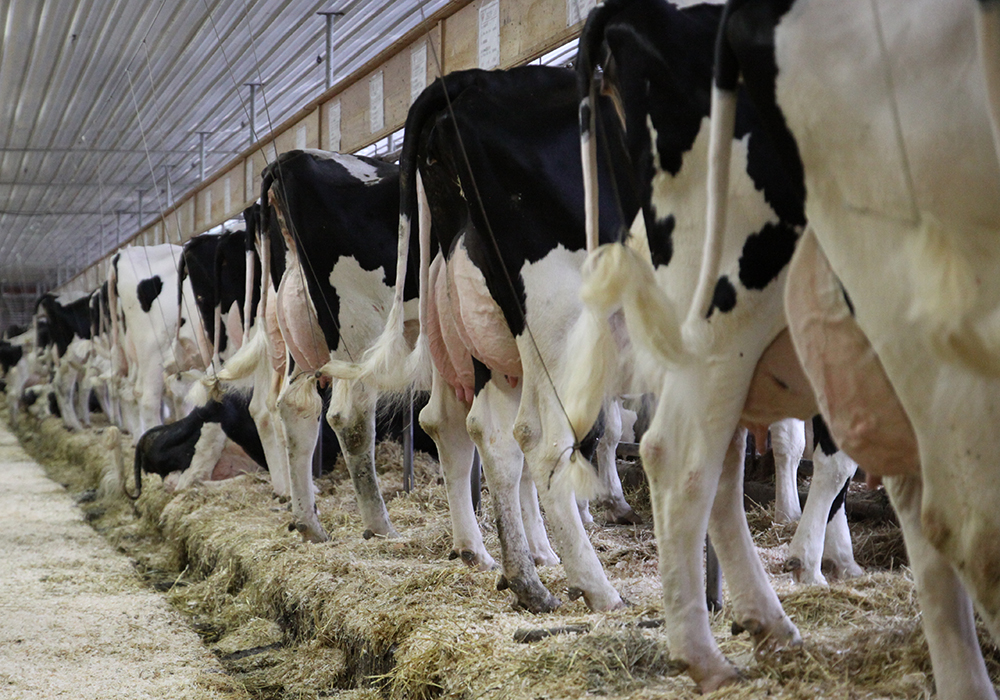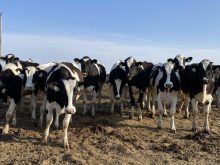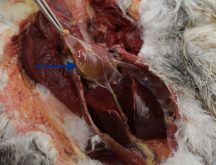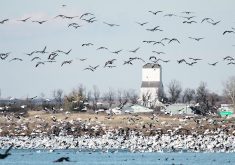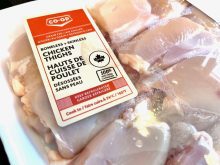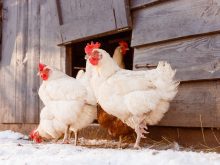Dairy producers in the U.S. face will face new requirements to move animals across state lines starting next week.
The new rules, coming into effect April 29, were announced along with new reporting requirements as the country tries to curb spread of highly pathogenic avian influenza (HPAI) between dairies.
The federal ag department’s Animal and Plant Health Inspection Service announced the following April 24:
- Cattle must have a negative test in hand from an approved laboratory before shipment.
- Owners of positive-testing herds must provide epidemiological information, including animal movement tracing.
- Interstate shipments must adhere to conditions specified by APHIS.
The steps will be immediately required for lactating dairy cattle. Requirements for other dairy animal classes will be based on scientific factors and the evolving risk profile of the virus.
APHIS has said laboratories and state veterinarians must report positive acid detection diagnostic results in livestock. Positive results from serum tests must also be reported.
To date, the U.S. Department of Agriculture has identified viral spread between cows in the same herd, spread from cows to poultry, spread between dairies associated with cattle movements and cows without clinical signs that have tested positive.
Read Also
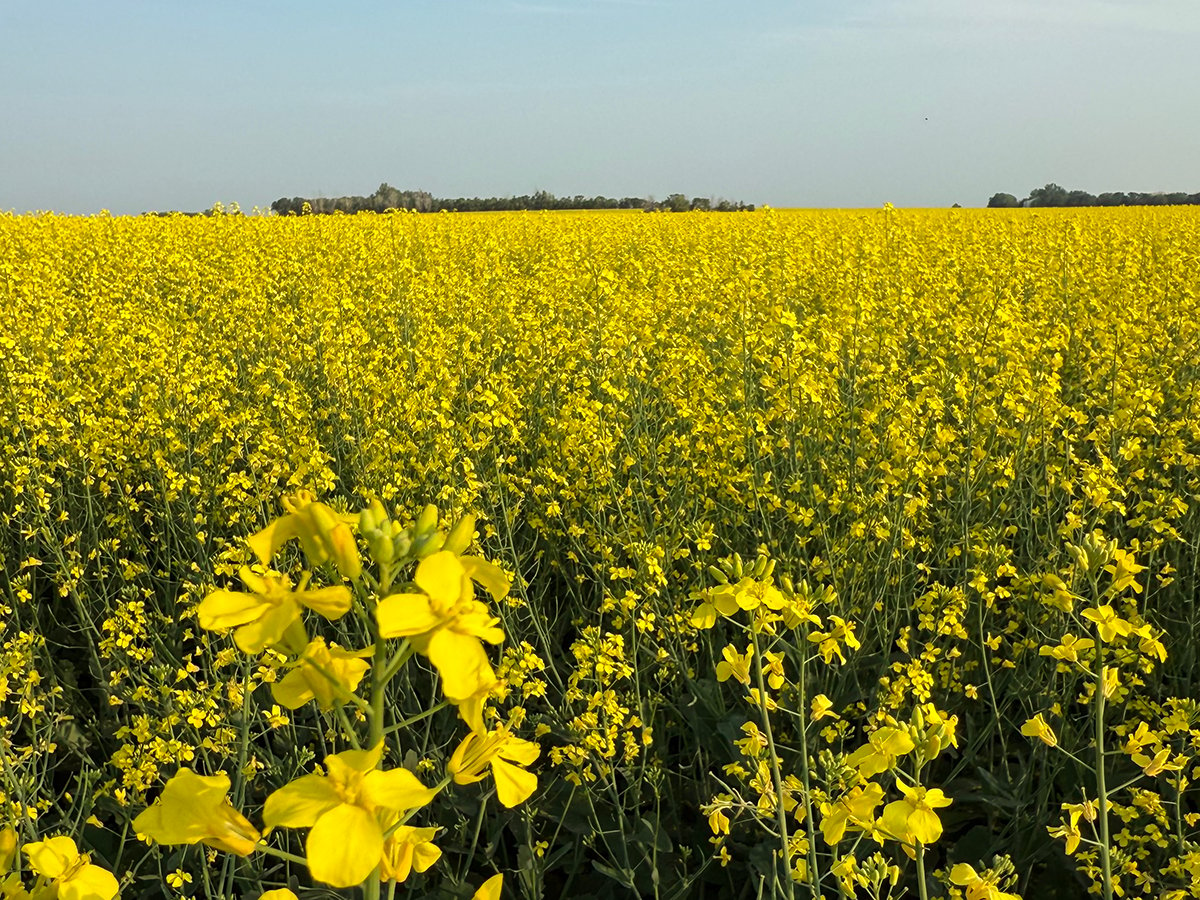
Canola support gets mixed response
A series of canola industry support measures announced by the federal government are being met with mixed reviews.
The strain has been found in dairy herds in eight states since March, but there have been no reported infections in Canada.
In one case, the virus was found in a lung tissue sample of a dairy cull cow. That cow was asymptomatic but had come from an affected herd. APHIS noted the cull cow did not enter the food supply.
The U.S. Center for Disease Control has not changed its human risk assessment for the general public.


